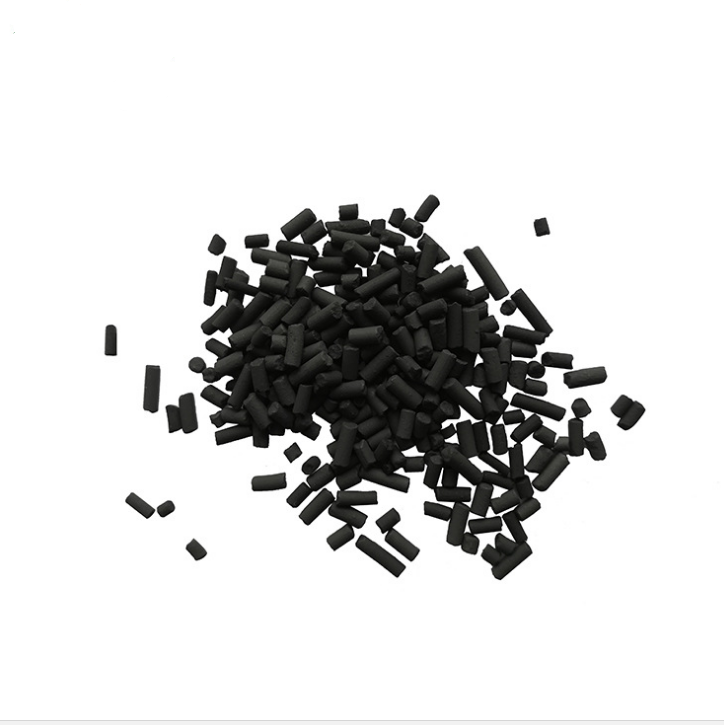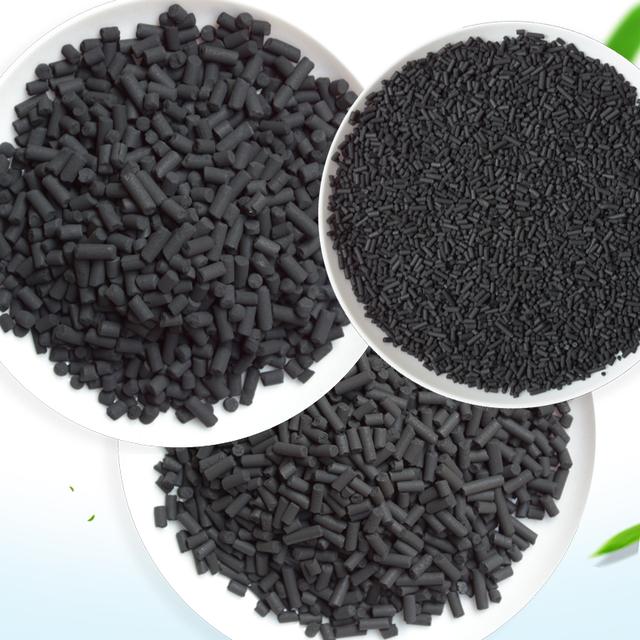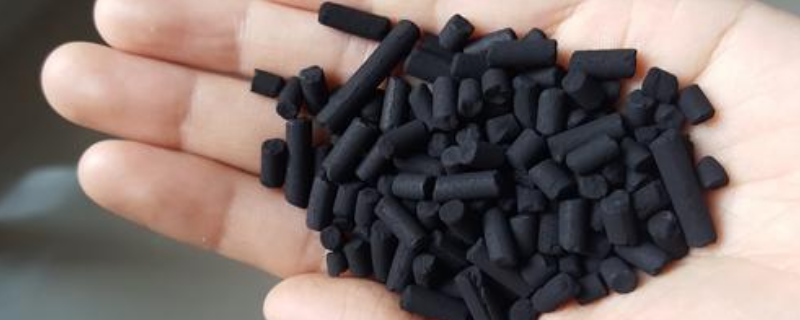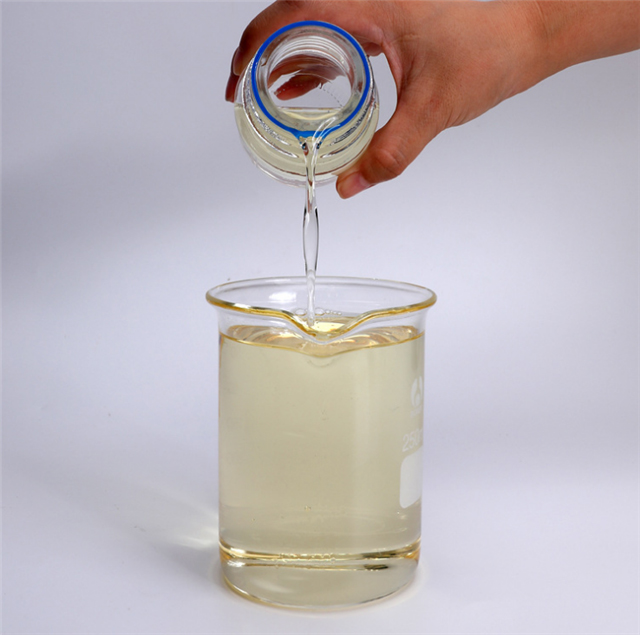
2023-05-25 Activated Carbon is made from organic material such as coconut, coal, or wood and is formed by heating the material in the absence of air. Carbon has been used throughout history as an adsorbent for contaminants and is considered the most powerful adsorbent known to man. Its use dates back to 2000 B
Read More 
2023-05-25 Powdered Activated Carbon (PAC)Powdered activated carbons generally fall in the particle size range of 5 to 150 Å, with some outlying sizes available. PAC’s are typically used in liquid-phase adsorption applications and offer reduced processing costs and flexibility in operation.³Granular Activated
Read More 
2023-05-25 aivated carbon, also called activated charcoal, is a form of carbon commonly used to filter contaminants from water and air, among many other uses. It is processed (activated) to have small, low-volume pores that increase the surface area[1][2] available for adsorption (which is not the same as abso
Read More 
2023-05-17 The prior art purification methods for silicone oil decolorization include neutralization, filtration, activated carbon treatment, water washing and other methods in combination. First, impurities can be removed by washing with water, but the production of large amounts of wastewater and the equipme
Read More 
2023-05-17 1. Clean and remove the dust before use, otherwise the black dust may temporarily affect the cleanliness of the water quality. However, it is recommended not to flush with fresh tap water directly, because once the porous activated carbon absorbs a lot of chlorine and bleach in the tap water, it wil
Read More 
2023-05-17 In adsorption, an “adsorbate” such as an atom, ion, or molecule is held onto a material’s surface. Adsorption can occur via physical processes, where adsorbates are held by attractive van der Waals forces between the adsorbate and the material surface, or chemical processes, where adsorbates are hel
Read More 












